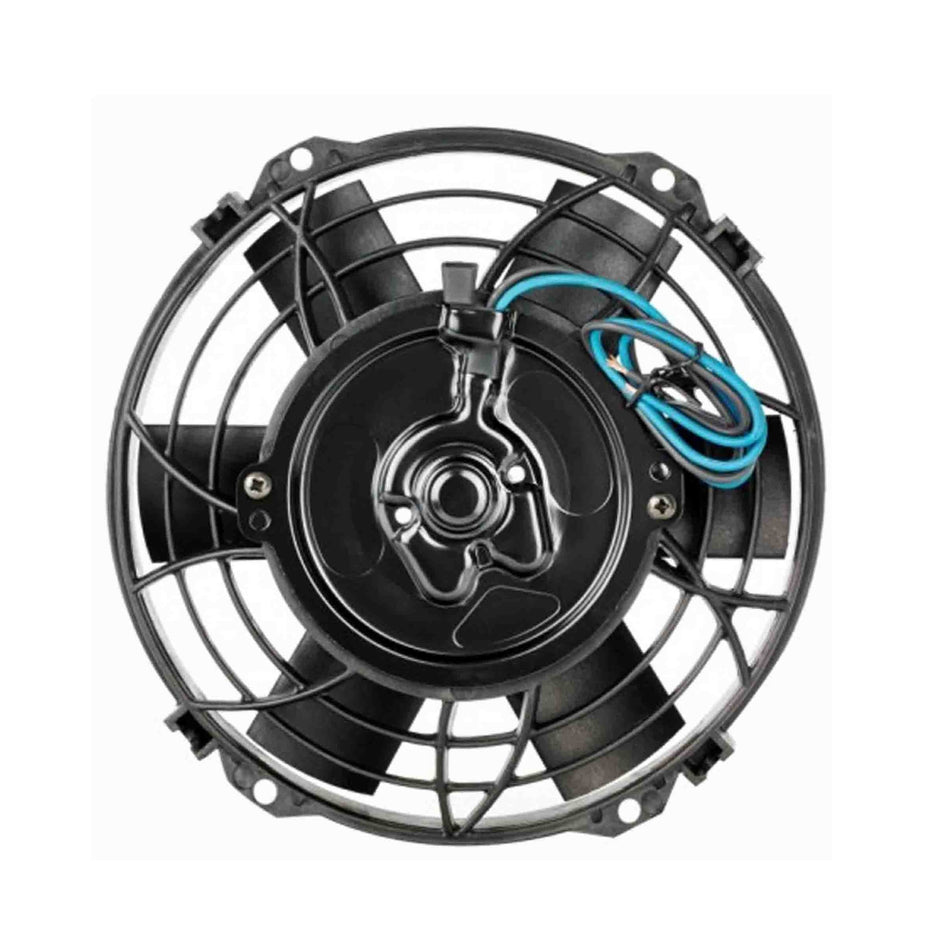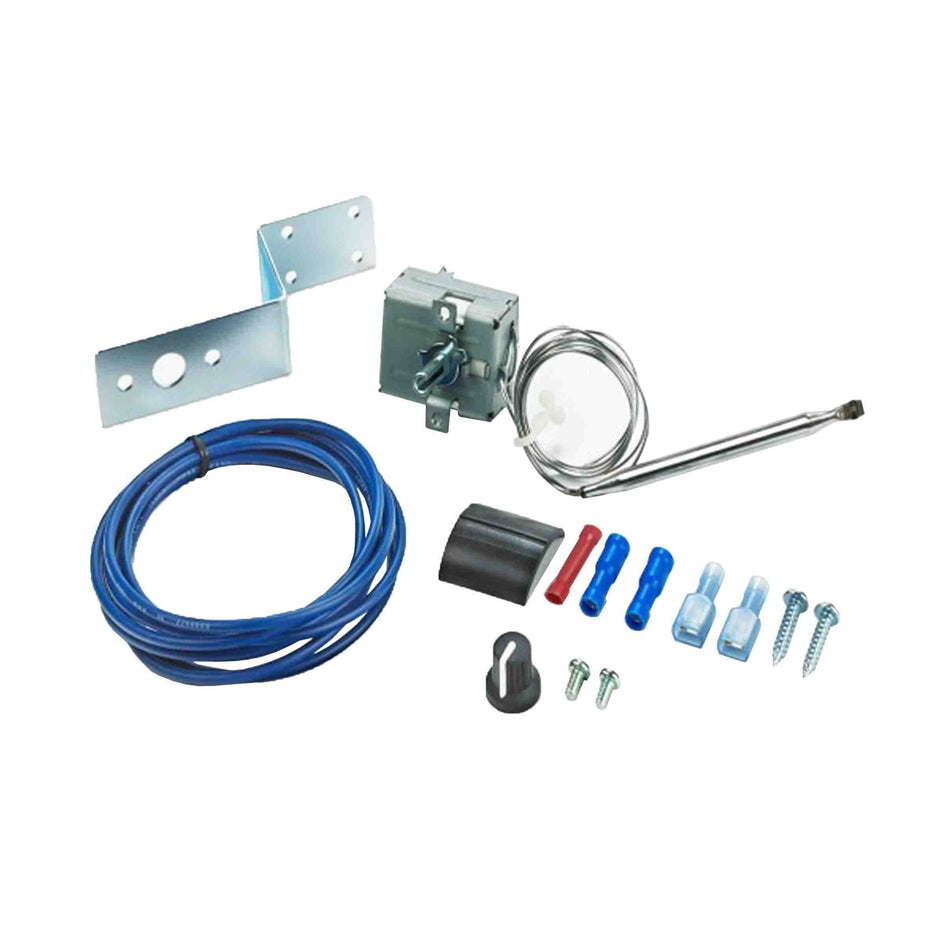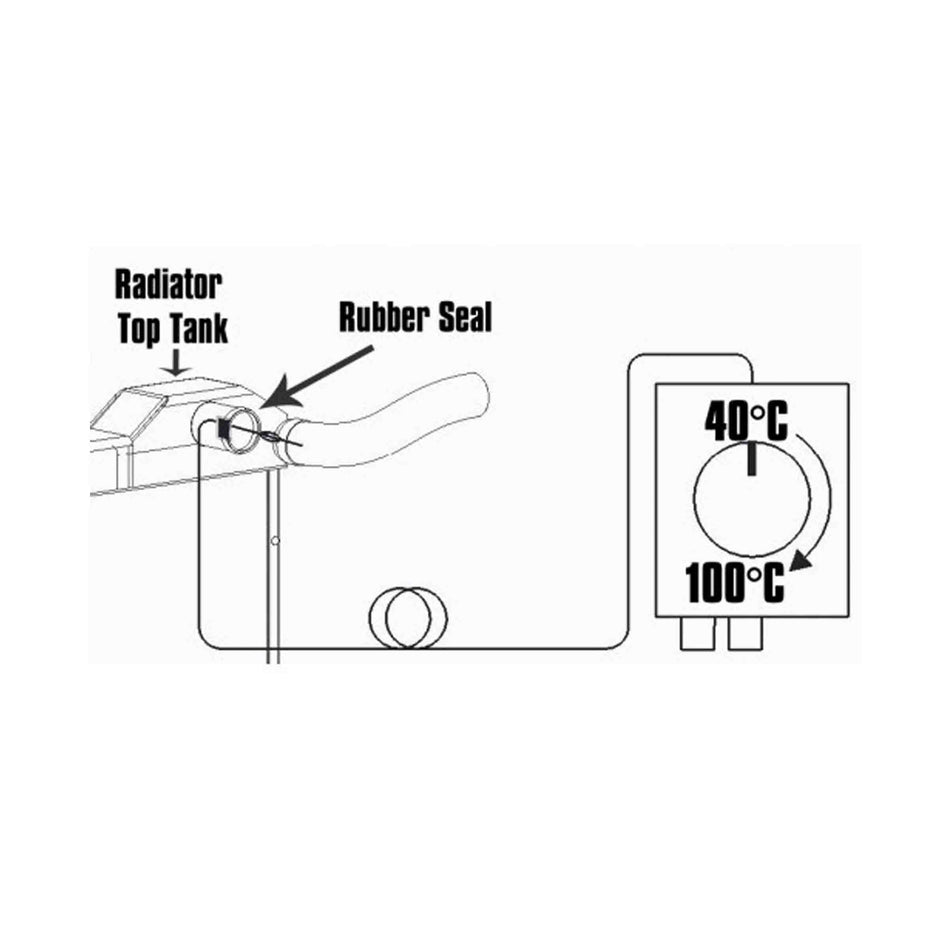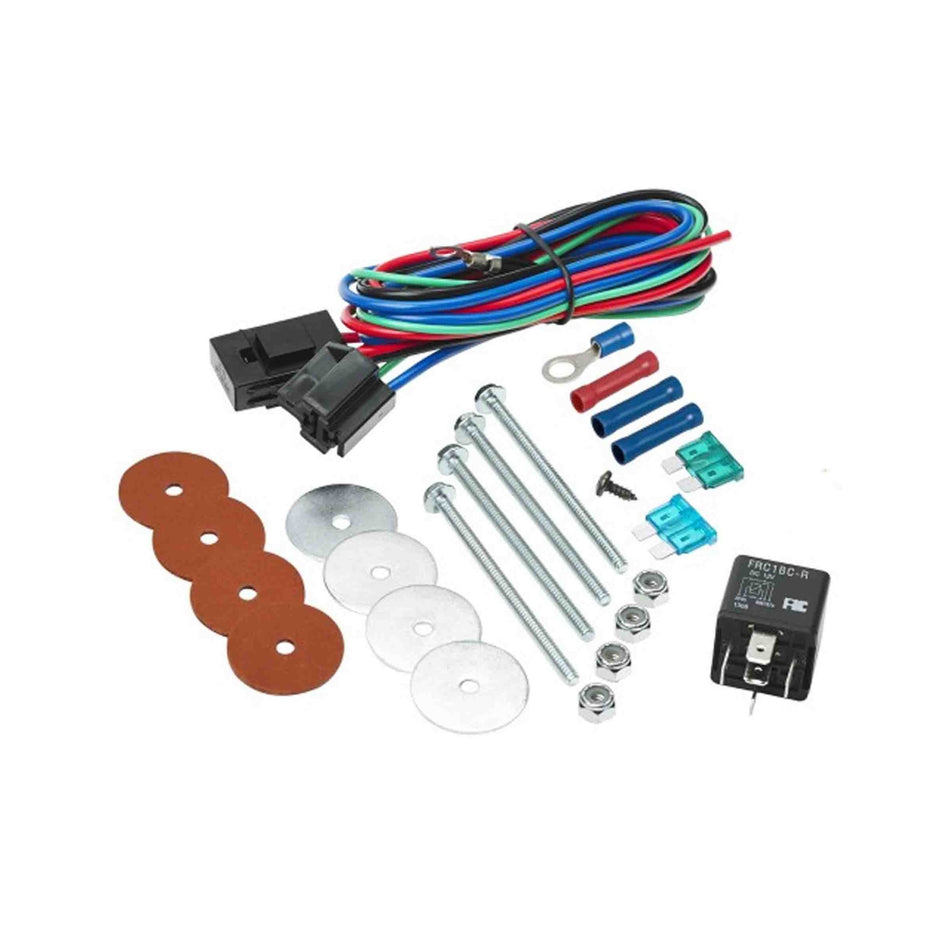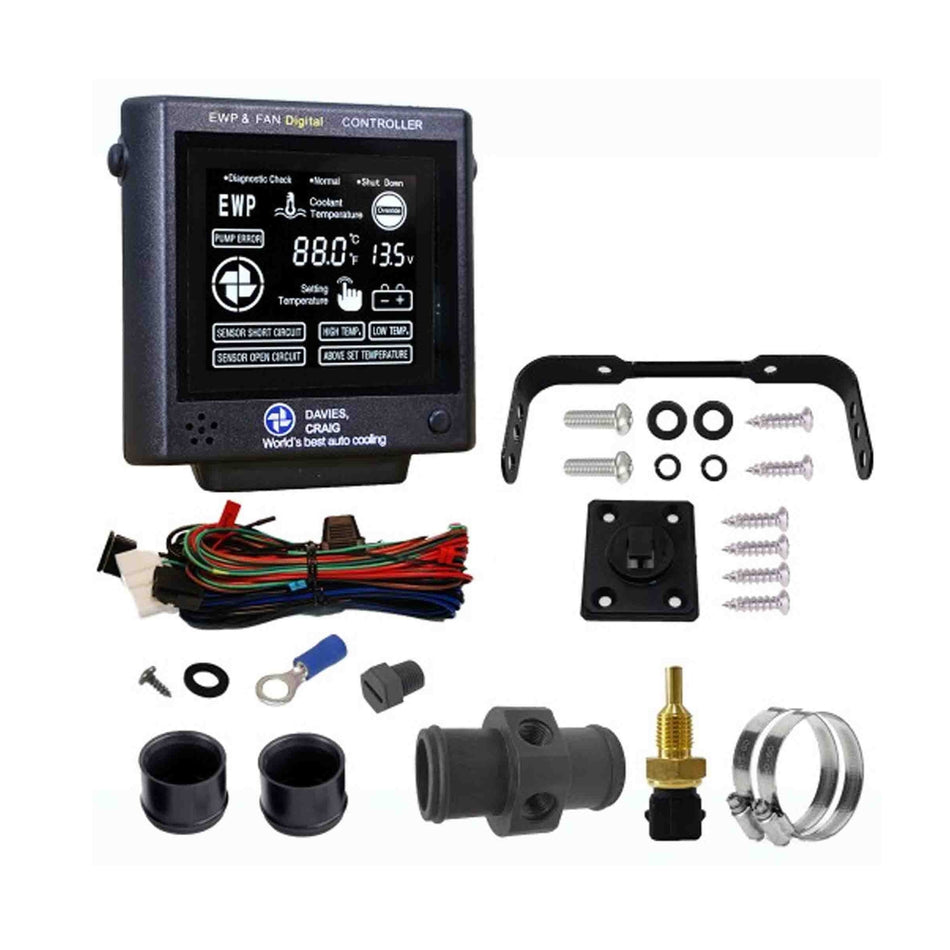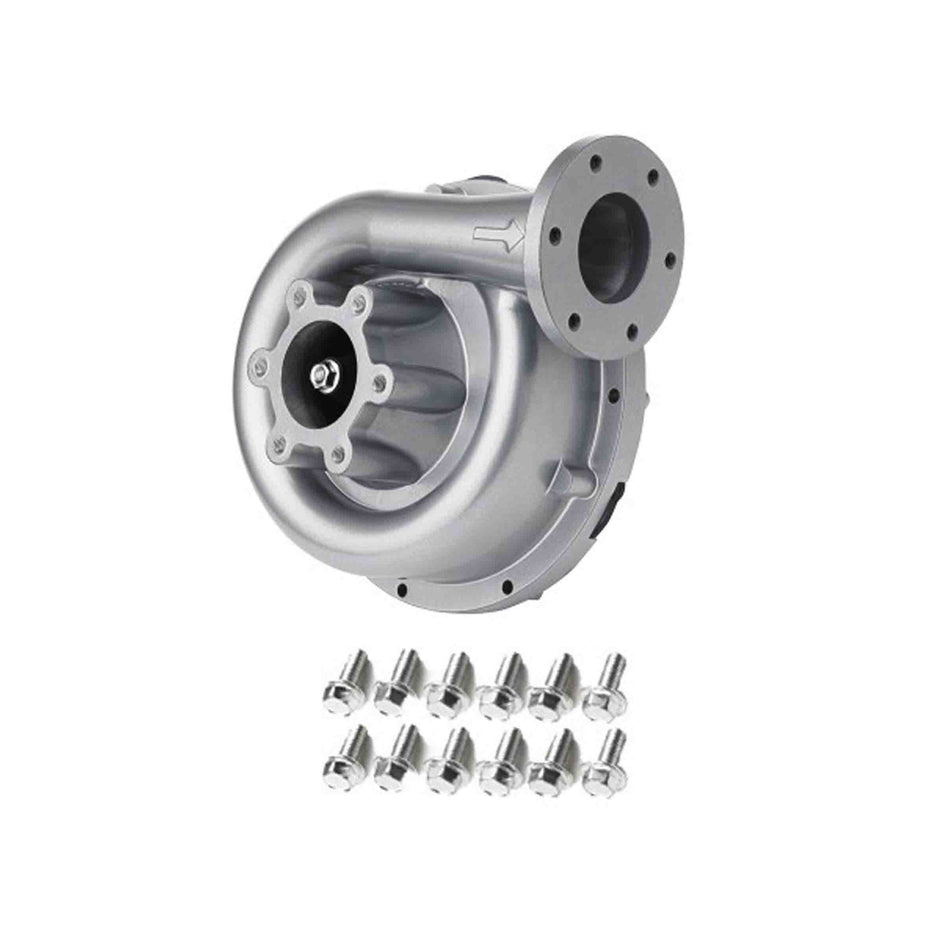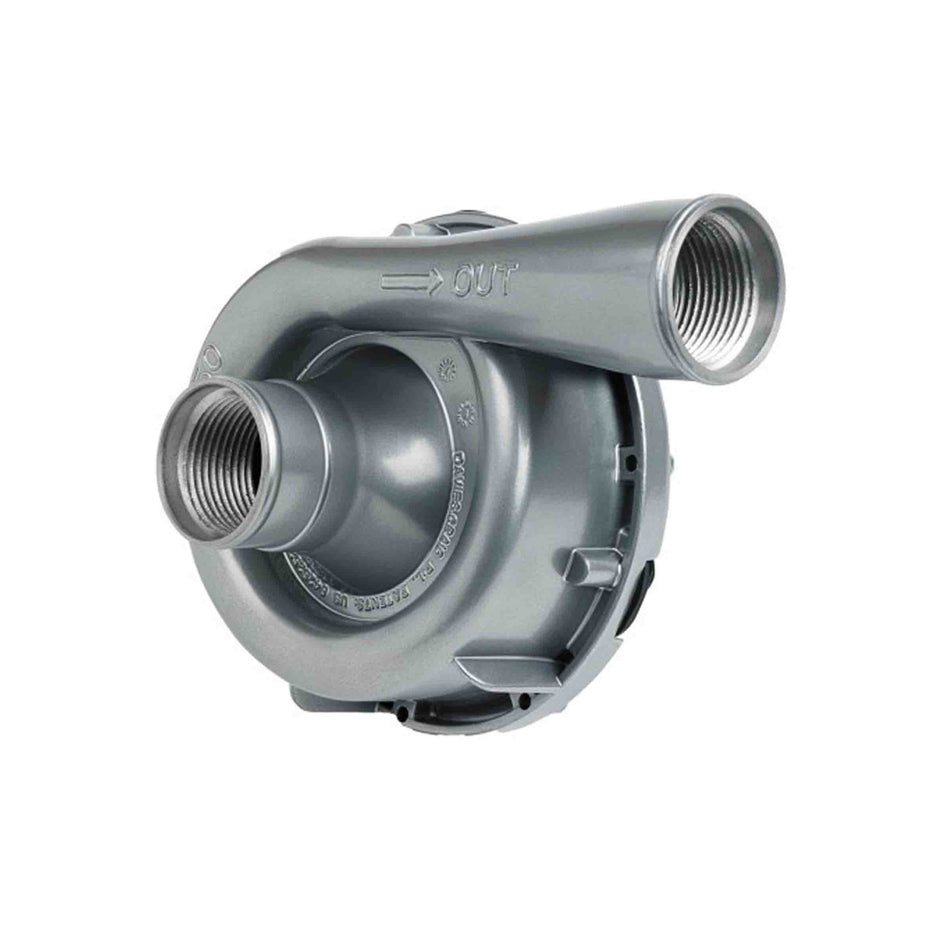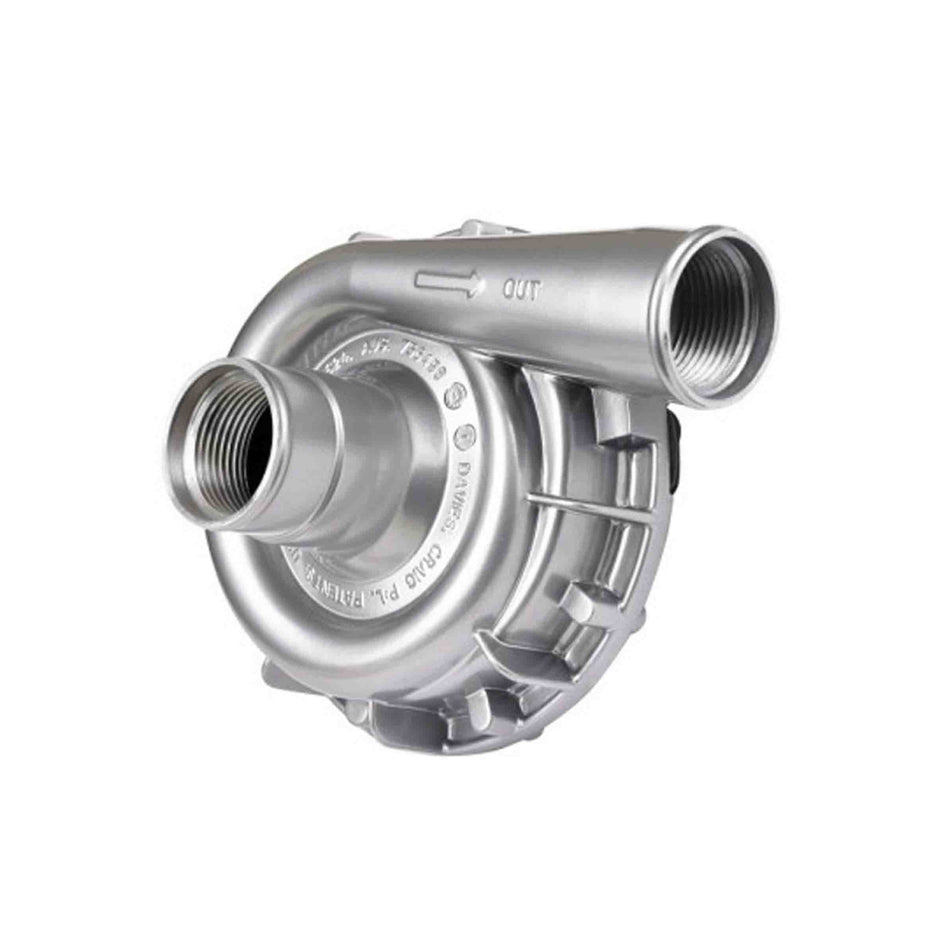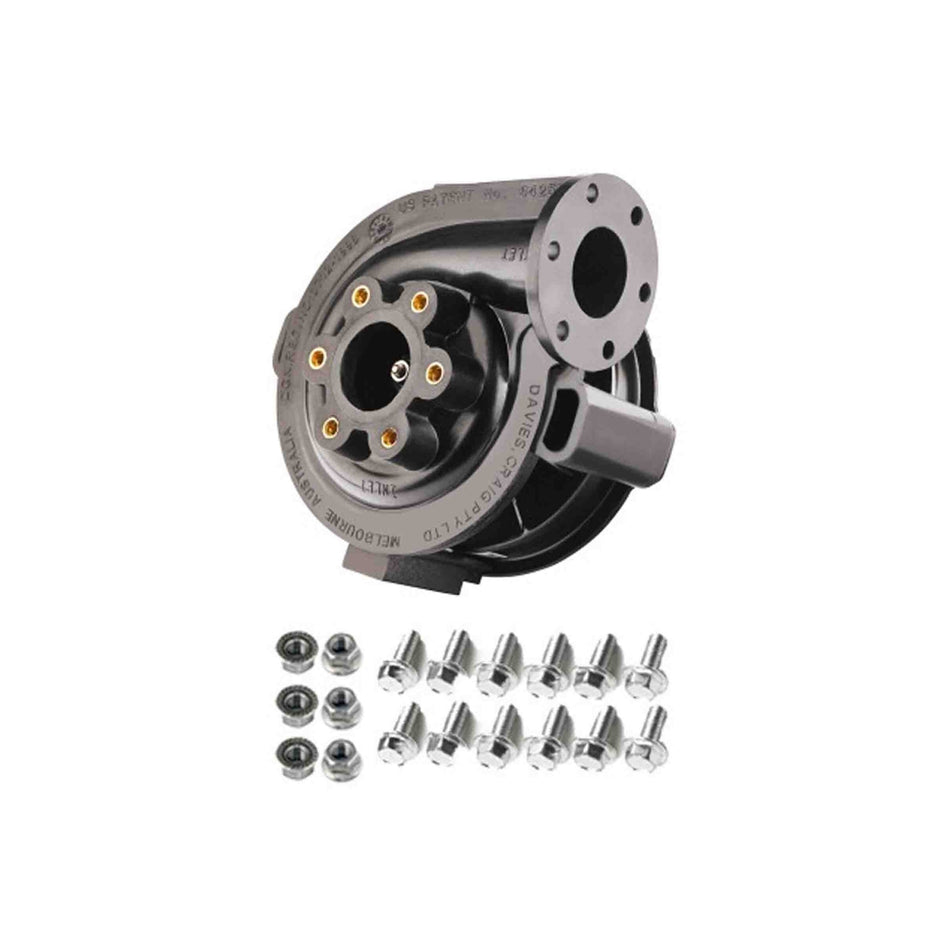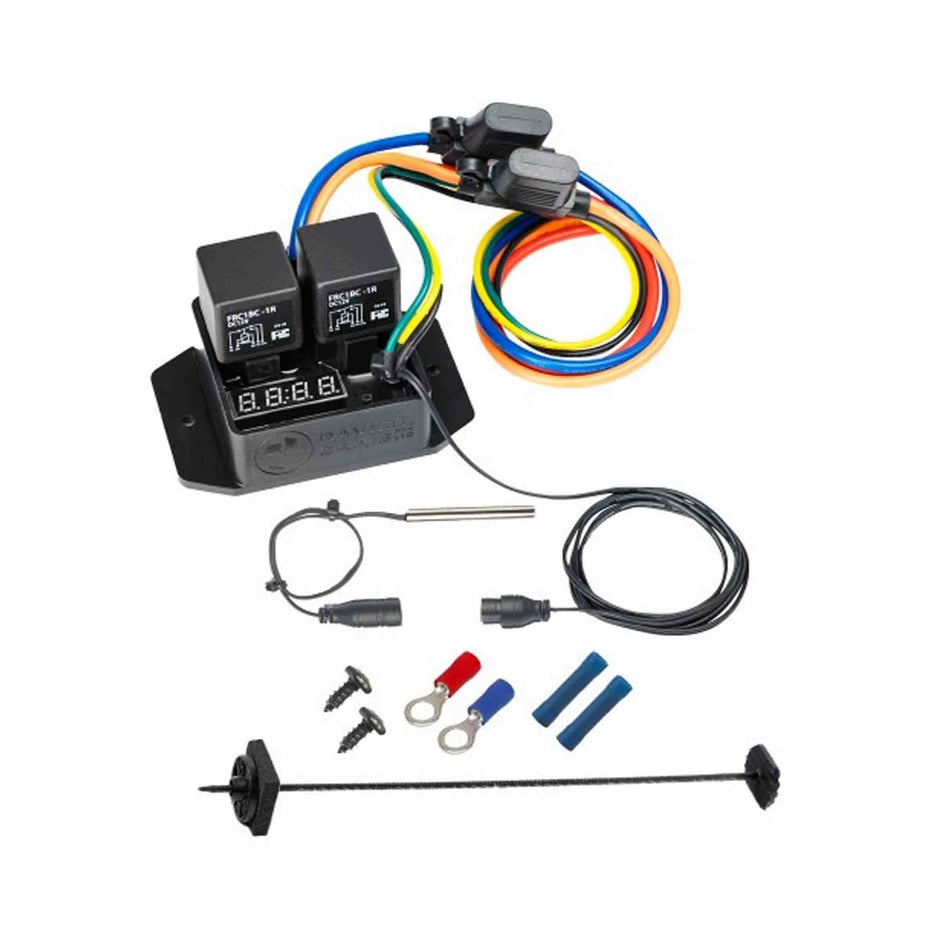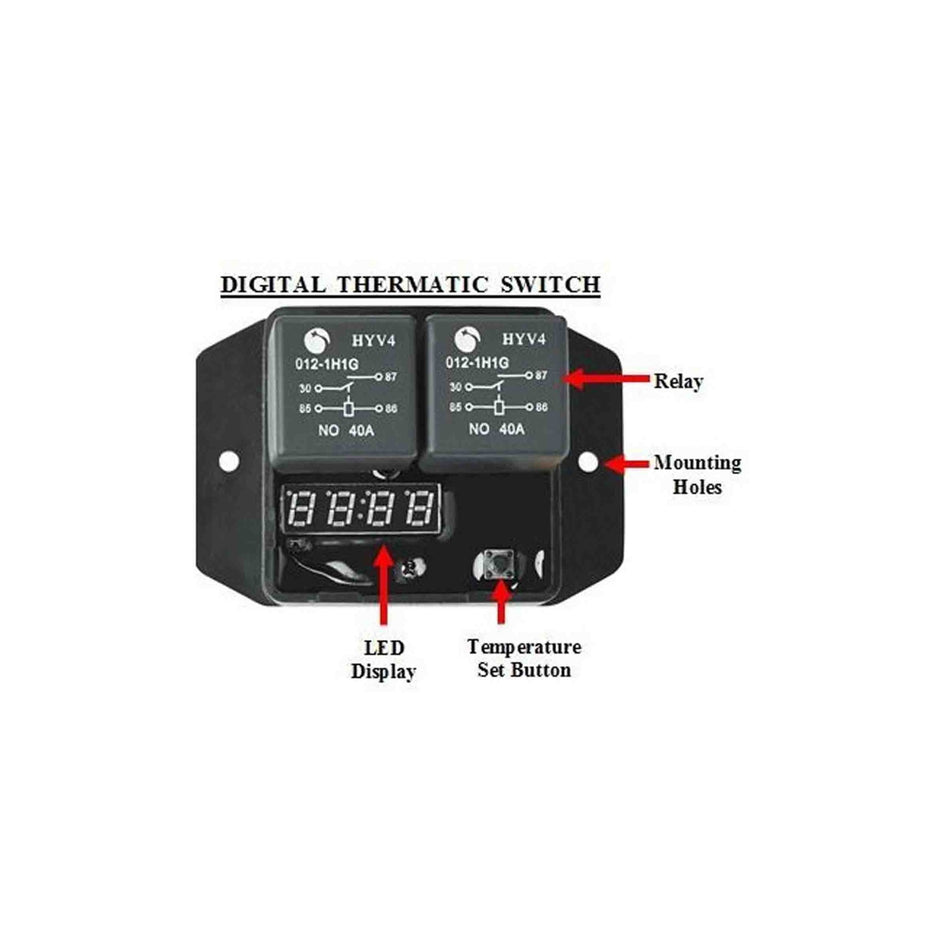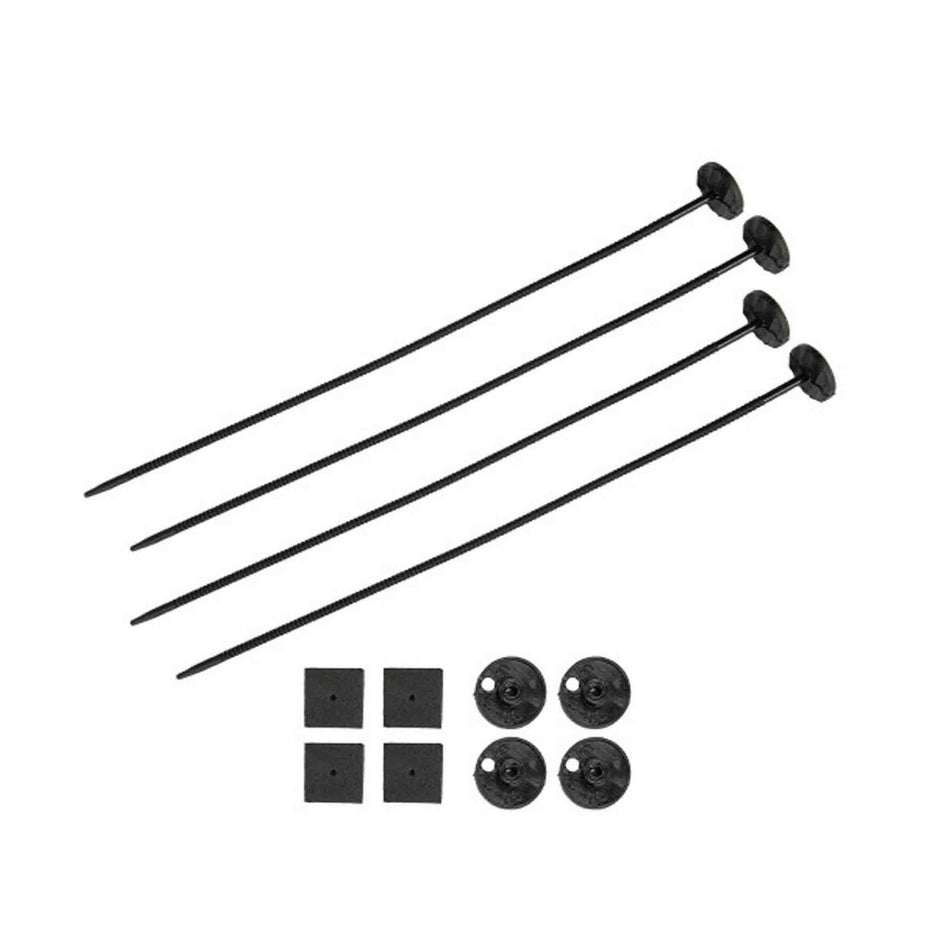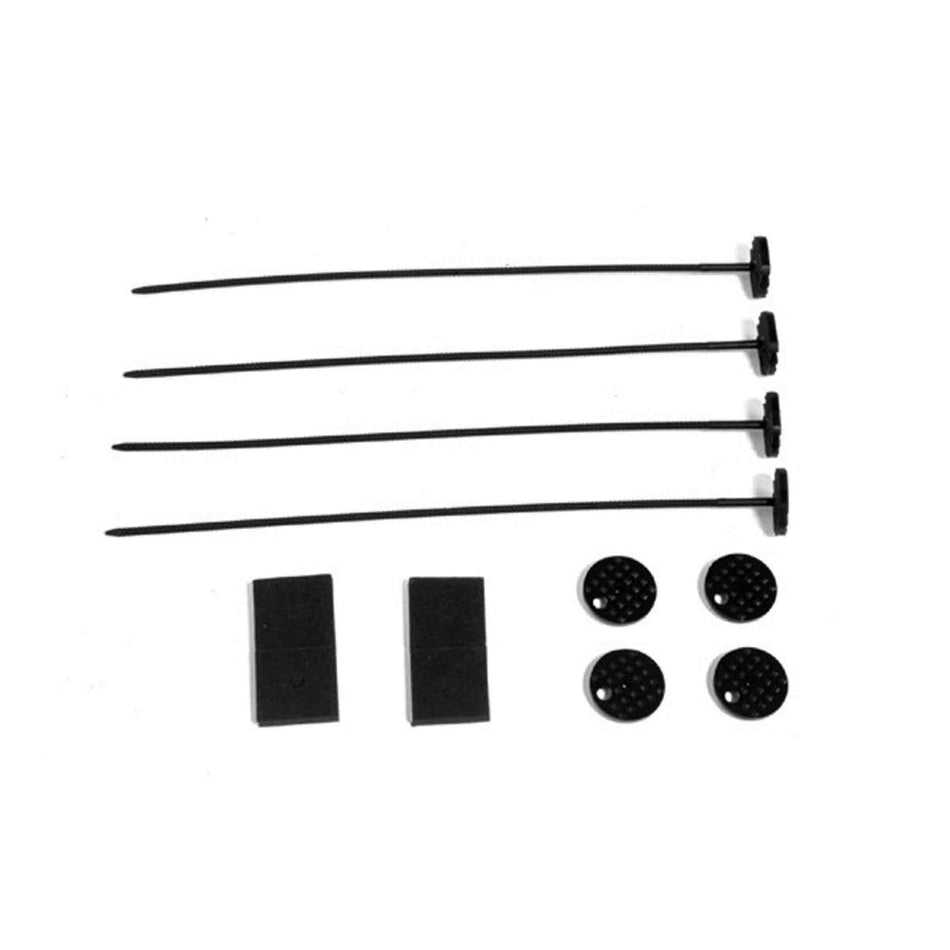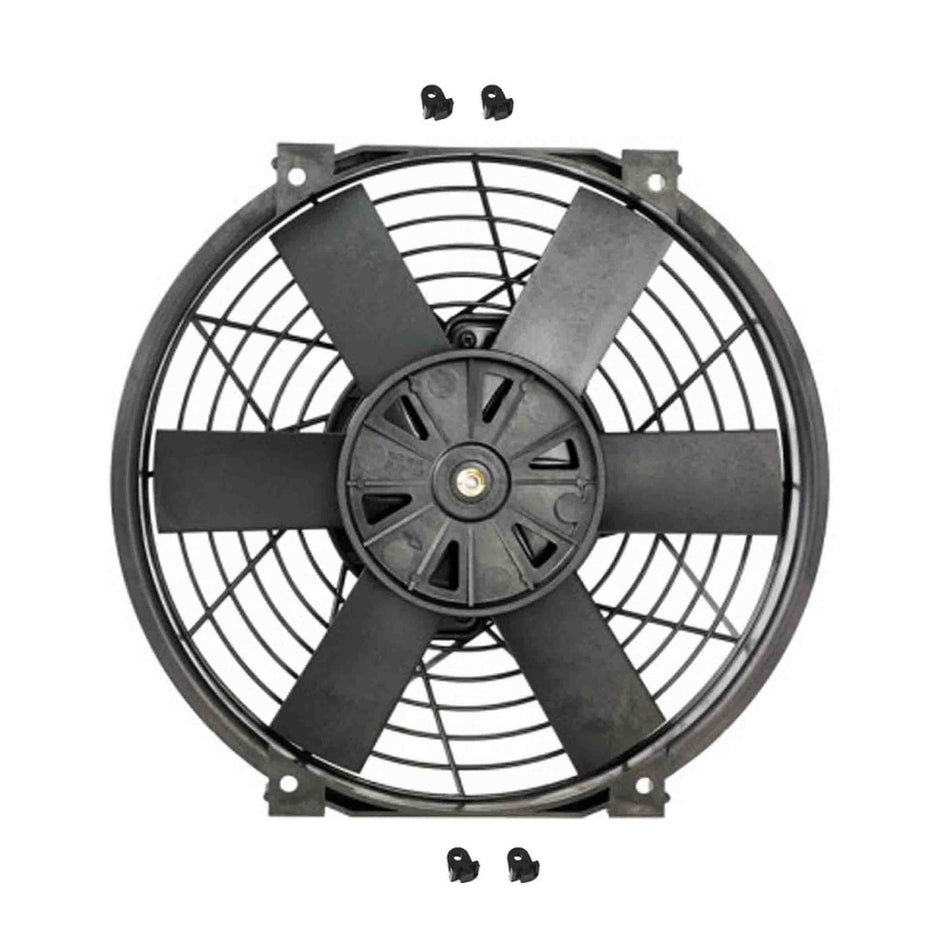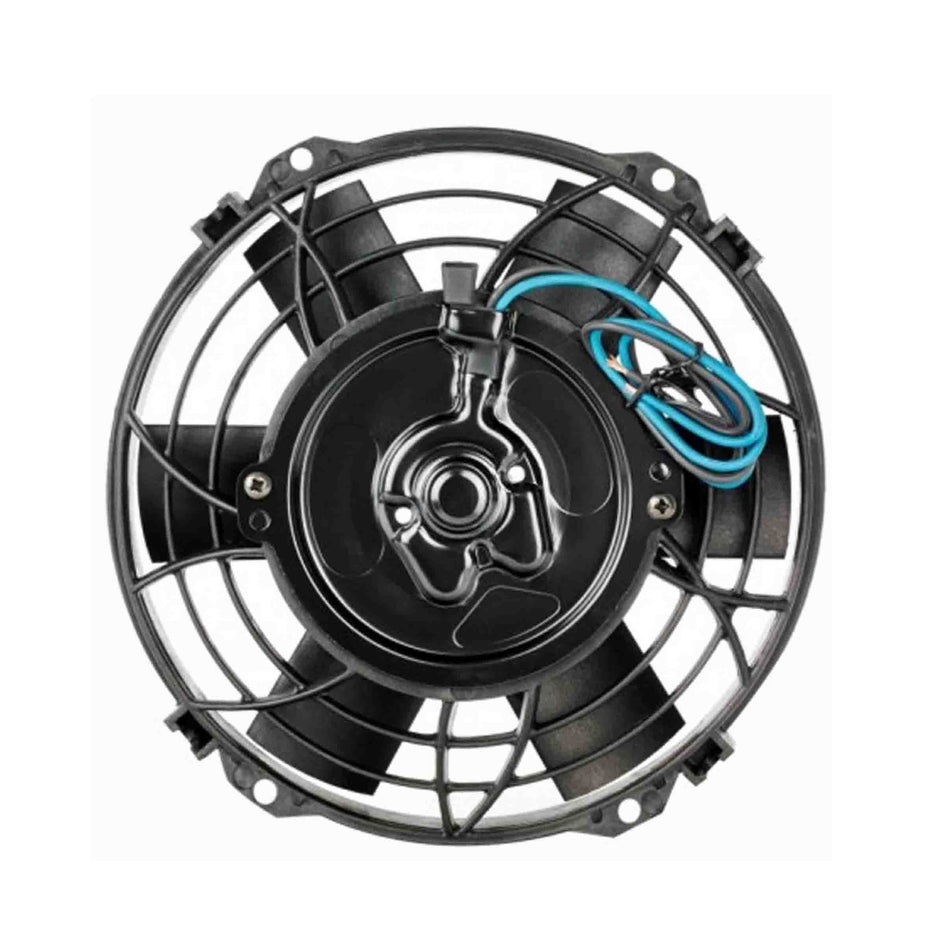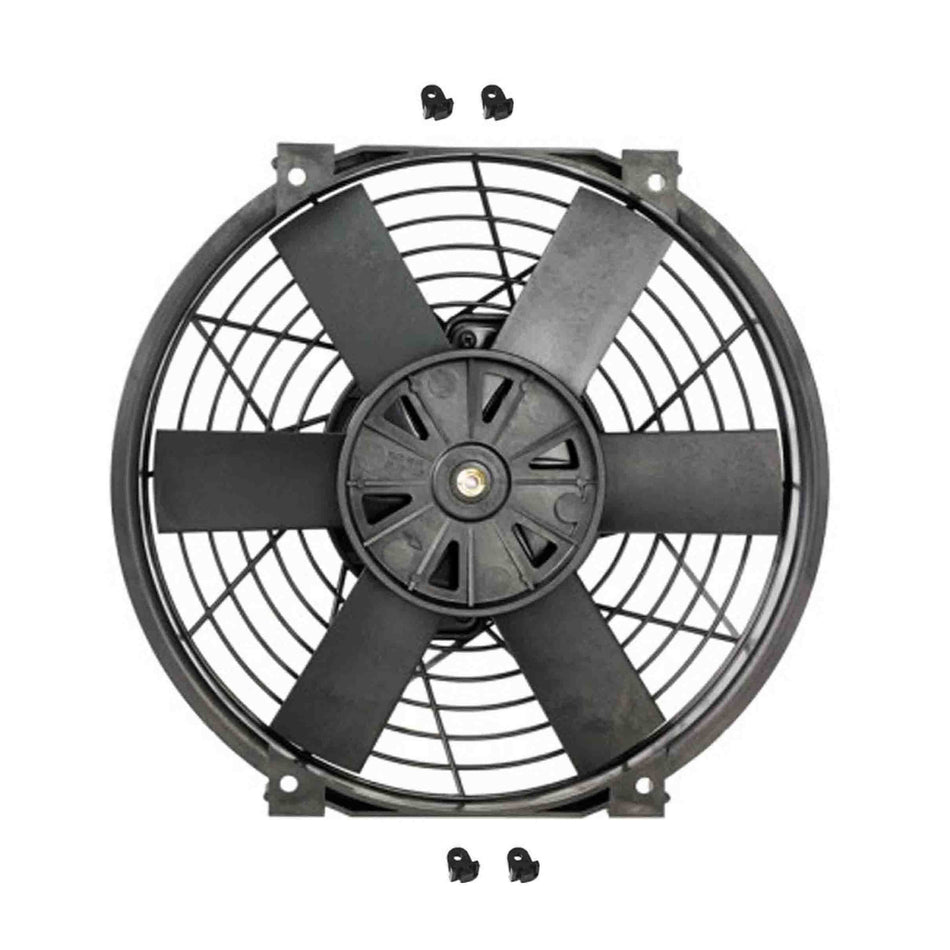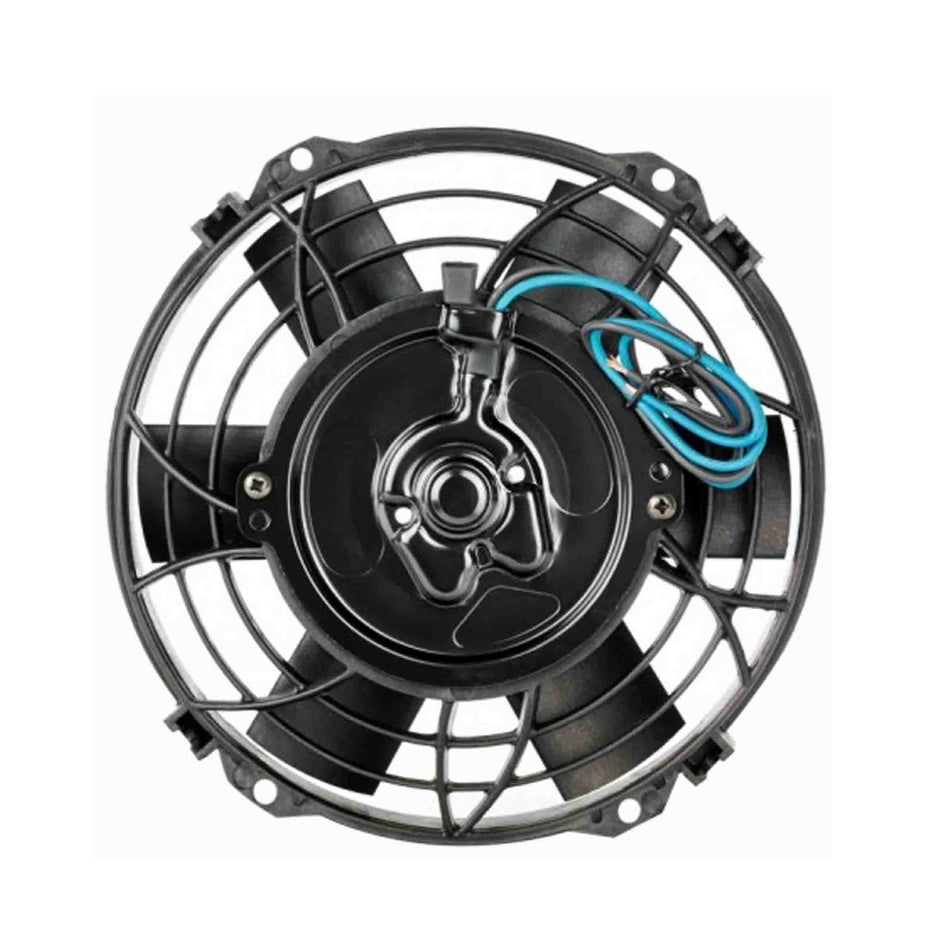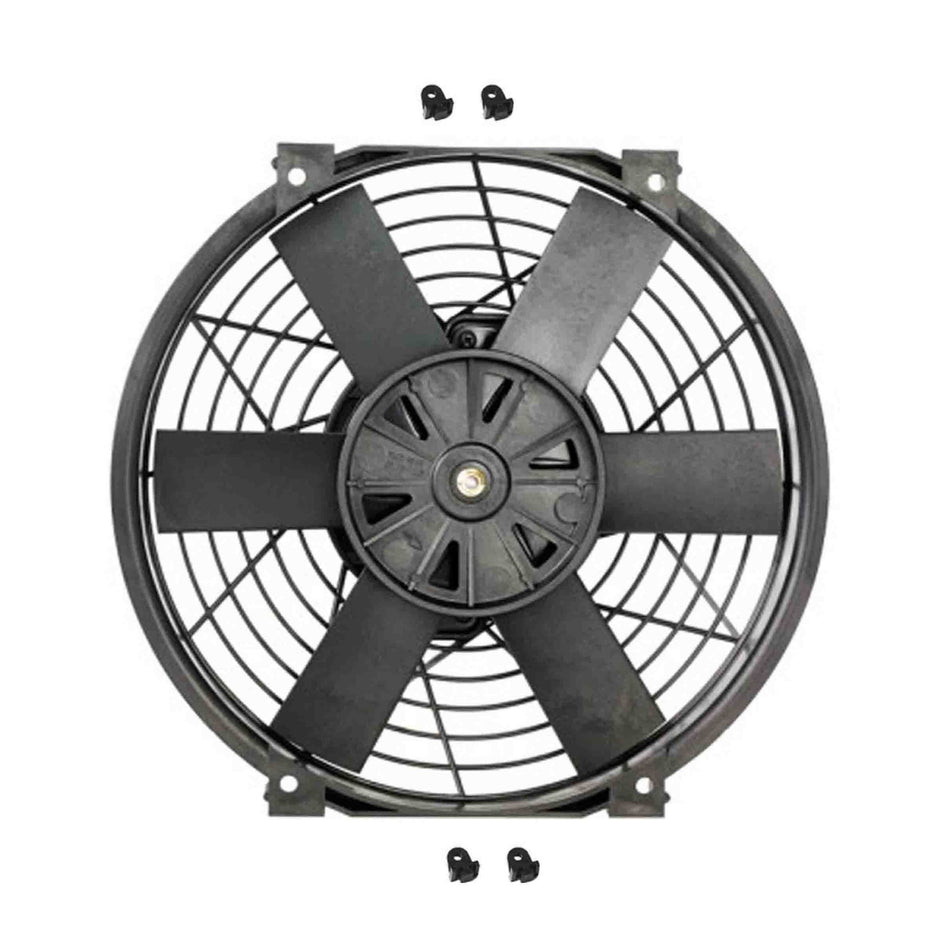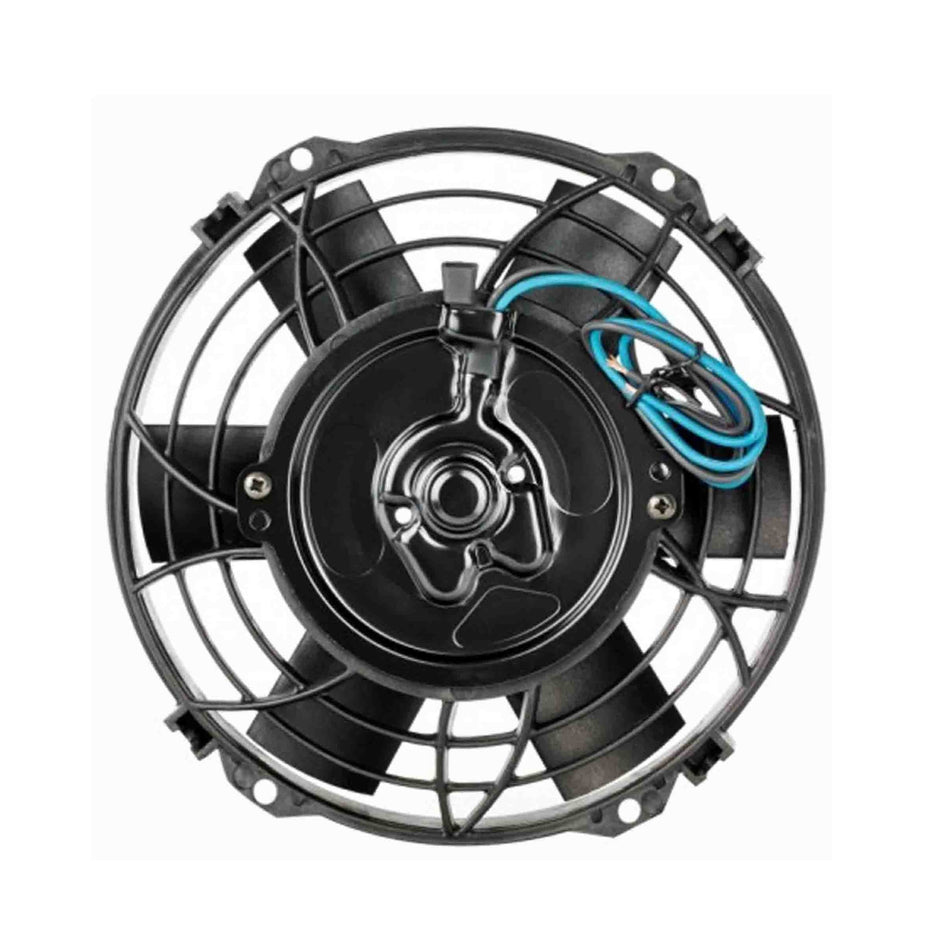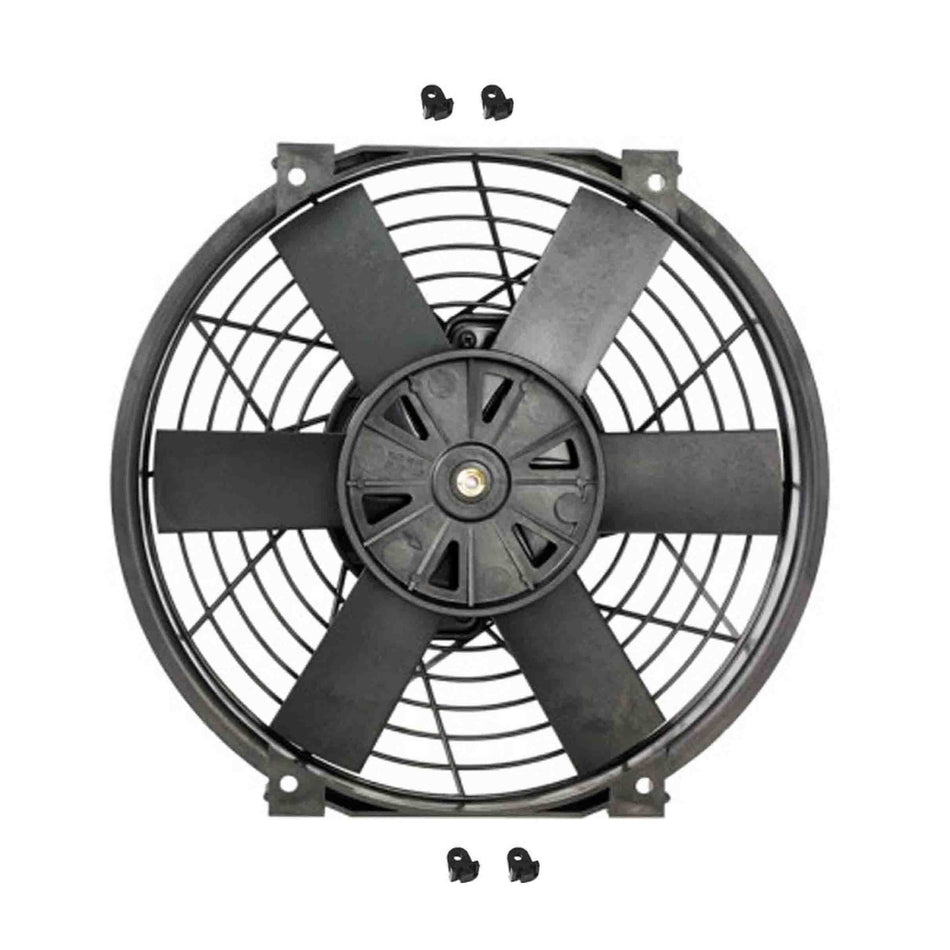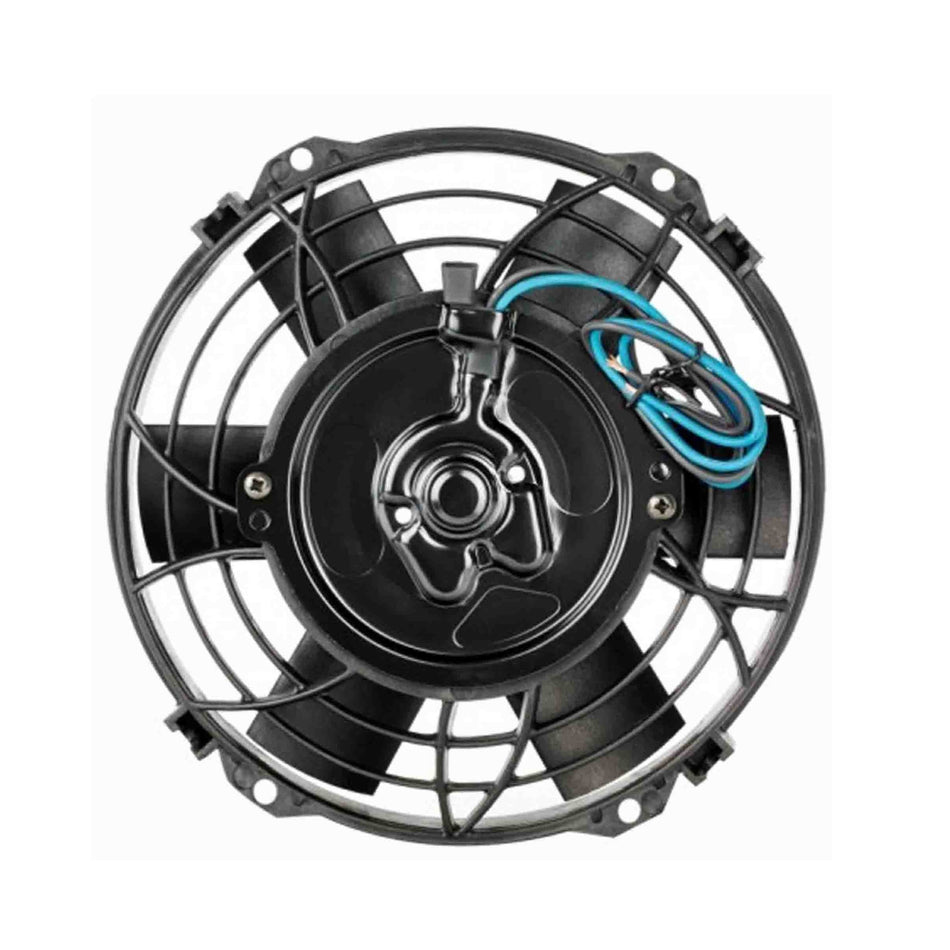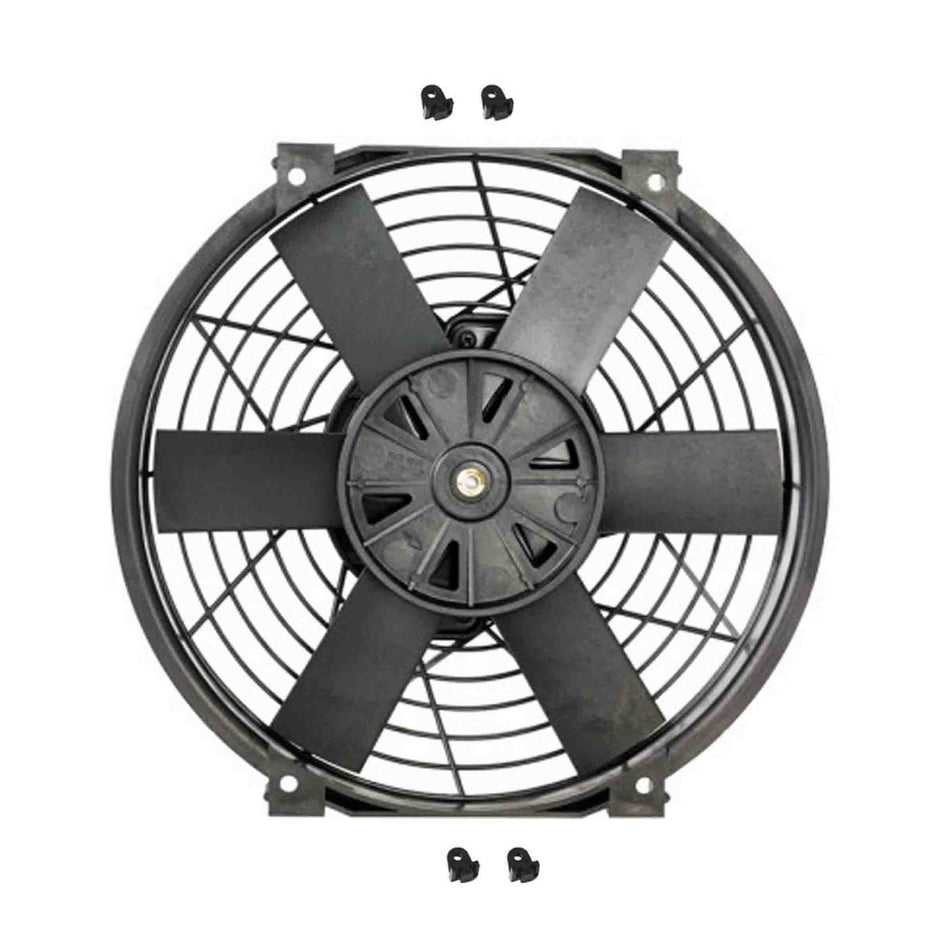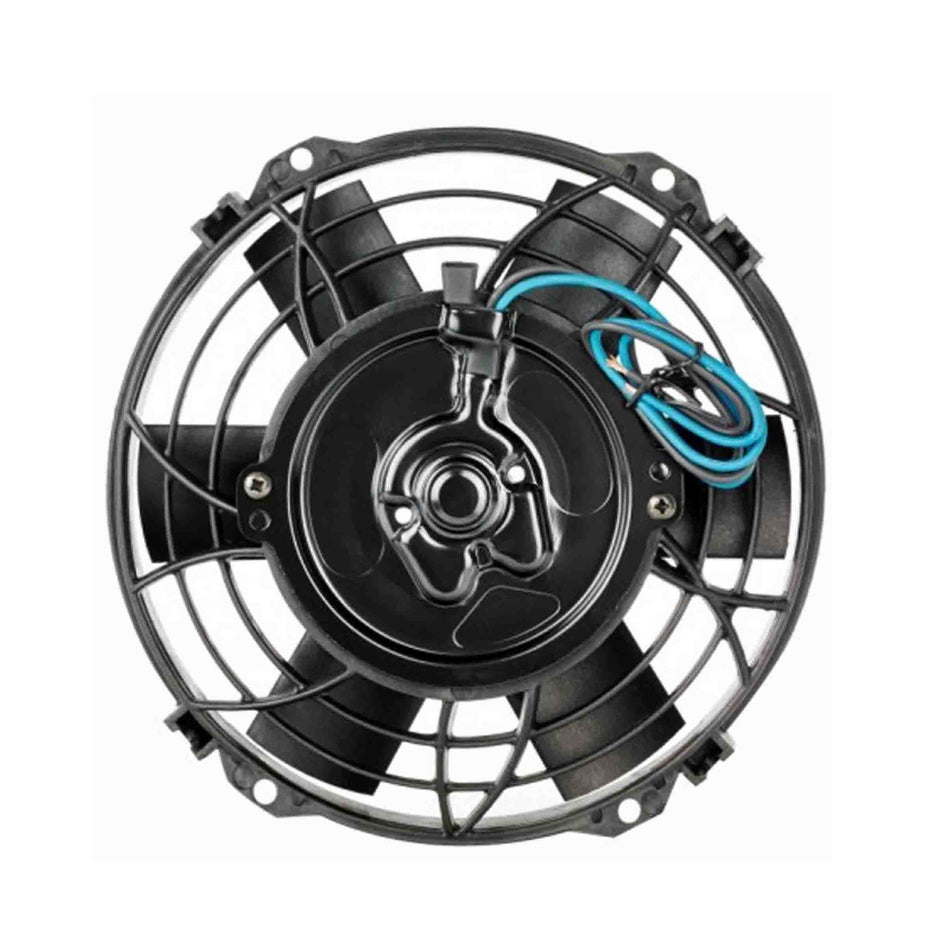
Popular Products

When it comes to maintaining optimal engine performance, effective cooling is paramount. Davies Craig specialize in providing innovative and high-quality cooling solutions designed to keep your engine running at its best, even under the most demanding conditions.
With over 45 years of experience, Davies Craig has established itself as a leader in the automotive cooling industry. Their commitment to innovation and quality has earned a reputation for excellence among car enthusiasts, race teams, and automotive professionals worldwide
Ensure efficient cooling for your vehicle by selecting the right Davies Craig Fan based on your radiator core dimensions. Measure the width, depth, and clearance of your radiator core.
Davies Craig Fans, including reversible Brushless models, offer versatile mounting options. They can be mounted upstream or downstream, providing flexibility in installation. For rectangular radiators, consider using one large fan for optimal airflow. If space limitations dictate, opt for two smaller fans, choosing the largest size that fits the available space. Offset mounting from the center is possible to clear engine components when placed downstream.
Important to note, avoid fitting fans on opposite sides of the radiator core unless appropriately offset. This ensures that the airflow from one fan does not interfere with the airflow of the other, guaranteeing effective and interference-free cooling
Yes. An upstream (pusher) fan is positioned flush to the front of the radiator core, while a downstream (puller) fan sits behind the radiator, flush with its rear.
The downstream puller fan, drawing air through the radiator, exhibits superior efficiency compared to the upstream pusher fan. Acting like a vacuum, it pulls air at any angle and around obstacles, ensuring a constant Cubic Feet per Minute (CFM) wind force. In contrast, an upstream pusher fan may experience some bounce and loss of flow as it pushes air through the radiator, encountering turbulence that affects CFM.
Notably, a downstream puller fan remains effective even at high speeds, exerting less impact on airflow. Beyond 60 kph, the stronger ram air takes over, rendering electric fans somewhat superfluous. Optimal cooling efficiencies at highway speeds are achieved with an unimpeded frontal radiator area. Choose the fan configuration that best suits your vehicle's needs for an effective and streamlined cooling solution
One of the very important factors with engine cooling fan/s is the volume of air any specific Thermatic Fan can pull or push through a radiator. In general terms 2 x 14" fans will match the volume flow of 1 x 16” fan but not 2 x 12" fans. There are other factors including core thickness and clearly the thicker the radiator core a more powerful fan is required. Therefore a single 16” fan will out-perform 2 x 12” fans in almost all situations. E.G. If your radiator is 4 core or greater then 2 x 12" fans wouldn't be recommended. Therefore 1 x 16" fan could be sufficient.
Remembering that any Thermatic Fan will cease to be effective once the vehicle speed has reached 50-60 KPH after which the ram air takes over. We also recommend Thermatic fans be fitted to the downstream (engine side) of the radiator
The ideal operating engine temperature is dependent on the type, size, capacity, workload and environment the engine is working in, however the best engine temperature is usually between 85-105°C or 185°F-221°F
A fan with curved or swept blades is quieter than a straight blade fan but it does not move as much air. Also the weight of a ring connecting the tips of a blade takes power to rotate. We think it is more important to have as much air flow as possible rather than a slight reduction in noise, when the fan is running which is generally less than 5% of total motoring time.


